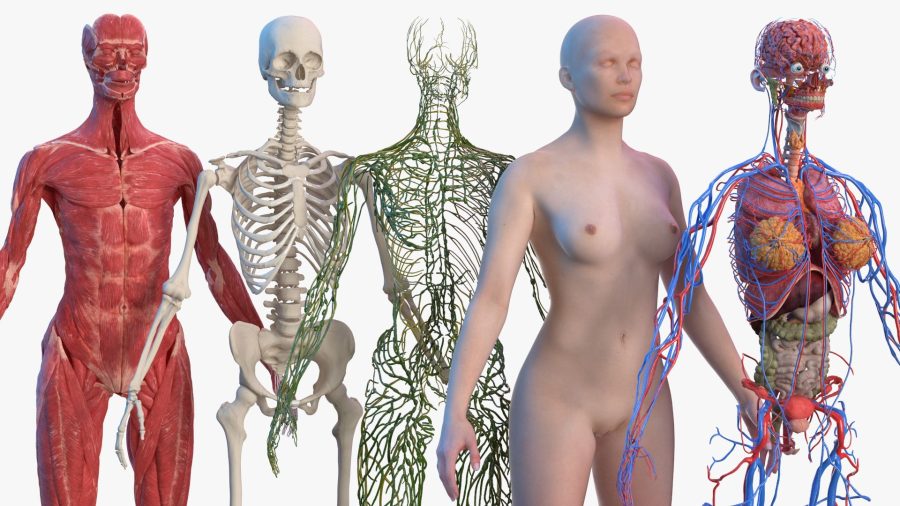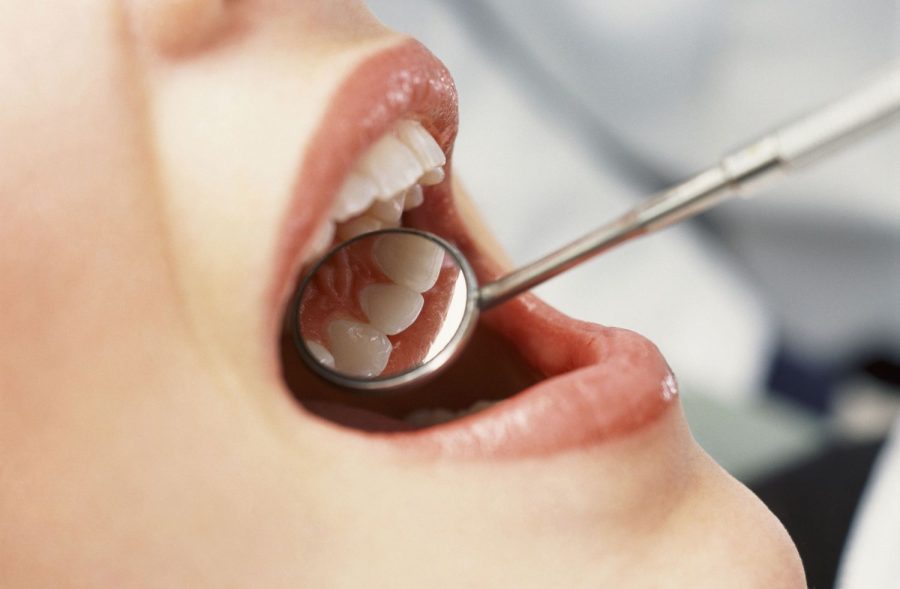Advancements in technology have revolutionized the field of medical education, particularly in the study of anatomy. One such innovation that has gained popularity in recent years is the use of 3D anatomy models. These high-quality, detailed models provide students and healthcare professionals with a more immersive and interactive way to learn about the human body.
From intricate details of organs and tissues to complex anatomical structures, 3D anatomy models offer a comprehensive and realistic depiction of the human body. This hands-on approach allows users to manipulate and explore different parts of the body from various angles, helping them understand spatial relationships and functions in a way that traditional textbooks or 2D images cannot provide. In this article, we will delve deeper into the benefits and applications of 3D anatomy models in medical education and healthcare practice.
The Immersive Learning Experience
3D anatomy models offer students a hands-on learning experience that enhances their understanding of the human body. By allowing users to rotate, zoom in, and interact with different anatomical structures, these models provide a level of immersion that stimulates deeper learning. This interactive approach not only helps students grasp complex concepts more easily but also improves their retention of information. The high level of detail in 3d Anatomy Model makes it easier for students to identify and study specific anatomical features, leading to a more comprehensive understanding of the human body’s intricacies.

Applications in Healthcare Practice
In addition to medical education, 3D anatomy models have found valuable applications in healthcare practice. Surgeons, for example, can use these models to plan and rehearse complex surgical procedures before operating on real patients. By visualizing the patient’s anatomy in three dimensions, surgeons can better anticipate potential challenges and optimize their surgical approach. Furthermore, healthcare professionals can use 3d Anatomy Model to educate patients about their medical conditions in a more visual and engaging manner. This innovative technology not only improves medical training but also enhances the communication between healthcare providers and patients, ultimately leading to better patient outcomes.
In conclusion, 3D anatomy models have revolutionized the way medical students learn about the human body, providing a more immersive and interactive learning experience. From intricate details of organs to complex anatomical structures, these models offer a comprehensive depiction of the human body that traditional textbooks or 2D images cannot match. Not only do 3D anatomy models enhance medical education, but they also have valuable applications in healthcare practice. Surgeons can use these models to plan surgeries and educate patients about their medical conditions in a more visual and engaging manner. By leveraging this innovative technology, healthcare professionals can improve patient outcomes and enhance the overall quality of care.










